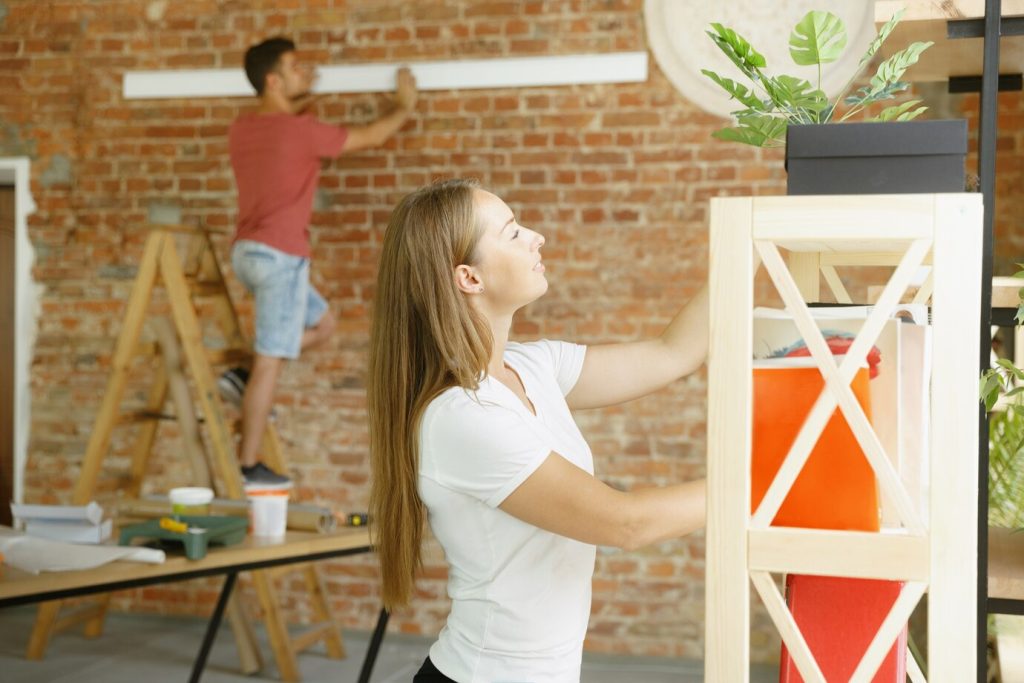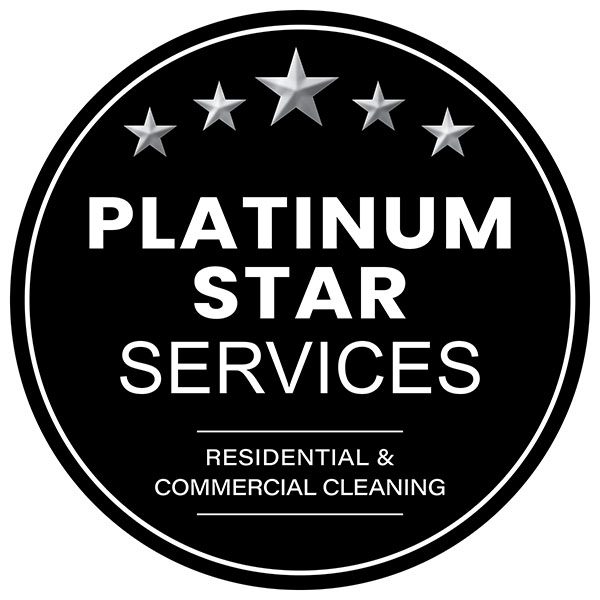Emerging from the whirlwind of renovation is an exhilarating moment. The dust settles, the paint dries, and your space begins to reveal its new, refreshed identity. But amidst the excitement of a completed renovation, there’s a crucial step that often gets overlooked: post-renovation cleaning.
As you step into this phase of your project, navigating the dos and don’ts of post-renovation cleaning is essential for preserving your investment and ensuring your space shines with its newfound beauty.
Let’s delve into the intricacies of this often underestimated aspect of the renovation journey.
Assessing the Aftermath: Where to Begin
Stepping into your newly renovated space, the excitement is palpable, but so is the layer of dust coating every surface. The first step in reclaiming your sanctuary is assessing the aftermath of the renovation. Start by surveying the entire area, noting areas of concentrated debris and any potential damage. Prioritize areas that require immediate attention, such as high-traffic zones or delicate surfaces that may have incurred scratches or stains during the renovation process. By establishing a comprehensive assessment, you’ll lay the groundwork for an effective post-renovation cleaning strategy.
Dos: Safe Cleaning Practices for Newly Renovated Spaces
Safety should always be paramount when embarking on post-renovation cleaning endeavors. Begin by equipping yourself with appropriate protective gear, including gloves, masks, and goggles, to shield against potential hazards like airborne particles or chemical residues. Opt for gentle, non-abrasive cleaning agents that are specifically formulated for post-renovation use, ensuring they won’t compromise newly applied finishes or materials. Additionally, ventilate the space adequately to disperse any lingering fumes or dust, promoting a safer environment for both yourself and the newly renovated space.
Don’ts: Cleaning Mistakes That Can Undo Your Renovation Efforts
When it comes to post-renovation cleaning, avoiding certain mistakes is paramount to preserving the integrity of your newly transformed space. Here are some crucial don’ts to keep in mind:
- Don’t use abrasive scrubbers or harsh chemical cleaners, as they can scratch or damage delicate surfaces, undoing the meticulous work invested in your renovation.
- Avoid rushing through the cleaning process, as haste may lead to oversight or inadequate cleaning, leaving behind hidden residues or debris that could tarnish the newly renovated look.
- Don’t neglect to read and follow manufacturer’s guidelines for cleaning and maintenance, as improper cleaning methods may compromise the quality and longevity of materials and finishes.
- Steer clear of using excessive water or moisture on surfaces that are sensitive to water damage, such as hardwood floors or certain types of countertops, as this can lead to warping or discoloration.
- Lastly, don’t forget to address ventilation and air quality during the cleaning process, as airborne particles and fumes from cleaning agents can linger and potentially affect the indoor environment.
Handling Hazardous Materials: Safety First
Renovations often involve the use of materials and substances that can pose health risks if mishandled during the cleaning phase. Take proactive measures to safely manage hazardous materials, such as lead paint dust or asbestos particles, which may be present in older structures.
Prioritize proper disposal methods for debris containing these substances and enlist professional assistance if uncertain about handling procedures. By prioritizing safety first, you’ll mitigate potential health hazards and ensure a healthier environment for future occupancy of the renovated space.
Dos: Protecting and Maintaining Your Renovated Surfaces
Preserving the pristine condition of your newly renovated surfaces requires proactive measures to protect and maintain their integrity. Implement preventive strategies such as placing protective coverings or mats in high-traffic areas to minimize wear and tear. Regularly inspect surfaces for signs of damage or deterioration, addressing issues promptly to prevent escalation. Additionally, adhere to manufacturer’s guidelines for cleaning and maintenance to optimize the longevity of materials and finishes. By prioritizing proactive care and maintenance, you’ll extend the lifespan of your renovation investment and uphold its aesthetic appeal.
Don’ts: Using Harsh Chemicals That Could Damage Finishes
While the temptation to employ powerful cleaners may be strong when faced with stubborn stains or grime, exercise caution to avoid using harsh chemicals that could inadvertently damage newly applied finishes. Abrasive cleaners, bleach-based products, or ammonia solutions can strip away protective coatings, leaving surfaces vulnerable to scratches or discoloration. Instead, opt for gentler alternatives such as mild dish soap or vinegar solutions, which effectively remove dirt without compromising the integrity of finishes. By erring on the side of caution and selecting safer cleaning agents, you’ll safeguard the pristine appearance of your renovation.
The Art of Dusting: Techniques for Comprehensive Cleanup
Dust, the silent adversary of cleanliness, tends to settle on surfaces, often evading detection and proving challenging to eradicate completely. However, with the right techniques and tools, you can banish dust effectively, restoring your space to its pristine state. Here are some key techniques for comprehensive dust cleanup:
- Use Microfiber Cloths: Opt for microfiber cloths over traditional feather dusters or cotton towels. Microfiber’s electrostatic properties attract and trap dust particles, preventing them from resettling elsewhere.
- Start from the Top: Begin dusting from the highest points in the room, such as ceiling fixtures or shelves, and work your way down to the floor. This prevents dust from falling onto already cleaned surfaces.
- Employ Vacuum Cleaners with HEPA Filters: Vacuuming is a powerful ally in the battle against dust. Invest in a vacuum cleaner equipped with a HEPA filter to capture even the smallest particles and prevent them from being recirculated into the air.
- Rotate and Shake Out Soft Furnishings: Rotate and shake out soft furnishings such as cushions, curtains, and rugs regularly to dislodge trapped dust. Beat larger items outdoors to prevent dust from dispersing indoors.
- Don’t Forget Electronics: Dust tends to accumulate on electronic devices and components. Use a soft, dry microfiber cloth or a specialized electronics cleaning brush to gently remove dust from screens, keyboards, and vents.
- Clean Air Vents and Registers: Dust buildup in air vents and registers can compromise indoor air quality. Use a vacuum cleaner with a brush attachment or a specialized vent cleaning tool to remove accumulated debris.
- Regular Maintenance is Key: Incorporate dusting into your regular cleaning routine to prevent buildup and maintain a consistently clean environment. Consistent maintenance reduces the need for intensive cleaning sessions in the future.
By incorporating these techniques into your dusting regimen, you’ll ensure a thorough and effective cleanup, banishing dust and restoring your space to its immaculate glory.

Dos: Eco-Friendly Cleaning Solutions for a Greener Post-Renovation Space
Transitioning to eco-friendly cleaning solutions not only promotes a healthier indoor environment but also contributes to sustainability efforts in the post-renovation phase.
Explore natural alternatives such as baking soda, vinegar, or lemon juice, which possess powerful cleaning properties without the environmental impact of conventional cleaners. Additionally, opt for biodegradable cleaning products that minimize chemical runoff and reduce ecological footprint.
By embracing eco-conscious cleaning practices, you’ll create a greener post-renovation space that aligns with modern sustainability standards while maintaining cleanliness and hygiene.
Don’ts: Ignoring Hidden Areas That Accumulate Grime
Ignoring hidden areas that accumulate grime can significantly detract from the overall cleanliness and freshness of your newly renovated space. These overlooked spots often harbor dust, dirt, and allergens, undermining your efforts to create a pristine environment.
To avoid compromising the integrity of your post-renovation cleanup, it’s crucial to pay attention to these commonly neglected areas:
- Air Vents: Dust and debris can accumulate within air vents, diminishing indoor air quality and circulating allergens throughout your space.
- Baseboards: Over time, baseboards collect dust and dirt, detracting from the polished appearance of your walls and flooring.
- Behind Appliances: Areas behind appliances, such as refrigerators and stoves, are prone to gathering dust, food crumbs, and grease buildup, which can attract pests and create sanitation issues.
- Light Fixtures: Dust and dead insects can accumulate within light fixtures, affecting the quality of light and diminishing aesthetic appeal.
- Under Furniture: The underside of furniture often accumulates dust, pet hair, and other debris, contributing to airborne allergens and detracting from the cleanliness of your floors.
By addressing these hidden sources of grime as part of your post-renovation cleaning routine, you’ll ensure a more thorough and enduring clean, enhancing the overall freshness and appeal of your renovated space.
Setting Up for Success: Post-Renovation Cleaning Checklist
Streamline your post-renovation cleaning efforts by devising a comprehensive checklist that covers all essential tasks and areas requiring attention. Include items such as dusting light fixtures, wiping down surfaces, vacuuming carpets, and disinfecting commonly touched surfaces to eliminate germs.
Prioritize tasks based on urgency and allocate sufficient time for thorough completion. Regularly update and adapt your checklist as needed to address specific cleaning challenges or emerging priorities. By adhering to a structured cleaning plan, you’ll navigate the post-renovation cleanup process efficiently, ensuring your space gleams with newfound splendor.
As you embark on the final leg of your renovation journey, armed with the knowledge of post-renovation cleaning dos and don’ts, you’re poised to transform your space into a pristine sanctuary worthy of admiration. By implementing safe cleaning practices, protecting surfaces, and embracing eco-conscious solutions, you’ll not only preserve the integrity of your renovation but also contribute to a healthier, more sustainable environment.
Ready to elevate your post-renovation cleaning game? Take the first step towards maintaining your newly transformed space by applying the insights gleaned from our comprehensive guide. Whether you’re embarking on a DIY cleanup or seeking professional assistance, prioritize safety, sustainability, and thoroughness to ensure your renovation’s grand finale is nothing short of spectacular.
For expert cleaning services tailored to your renovation needs, contact Platinum Star Cleaning at (610) 504-5469 or email [email protected]. Let’s embark on this cleaning journey together, ensuring your space shines brighter and fresher than ever before.

